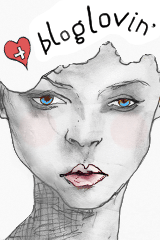 |
| Photographed by Michael Morcol |
Search the Internet for a complementary image that looks like plaster, then print it in color onto the canvas paper. Use as many of the 8 1/2" x 11" sheets as your wall or room will require.
 |
| Image Source: www.ballarddesigns.com |
Remove the backing paper and arrange the bricks on the canvas paper to lay the bricks. Get creative here, leave openings on the canvas paper to create the illusion of decaying plaster. Use an all-purpose glue if necessary to secure the bricks.
So, at this stage I realized that my plaster is beneath the brick instead of on top of it. Ooops! I decided to minimize the plaster areas because of this fact. Next, use paint to touch up any areas of exposed cork, create the brick mortar, and a mottled effect on the bricks (if you so desire). Finally, seal the wall with clear-coat varnish.
This wall is not as deconstructed as I envisioned. It's a bit more like a peeling paint brick wall. But, by using materials I had in my stash, I was able to create a surface that has a lot of texture and is still fairly realistic. Not too bad for my first time out with this technique. Now, install your wall. I used double-sided tape. Decorate. Decorate. Decorate.














2 comments:
I do like the effect. Thanks for the tut =0)
Hi Pepper,
And a big THANK YOU! That Butterfly lamp is superb. I just might be able to make it without messing things up. Well, I know I can certainly pull off the lovely lampshade, at least.
Post a Comment
Share your aesthetic sensibilities, leave a comment!